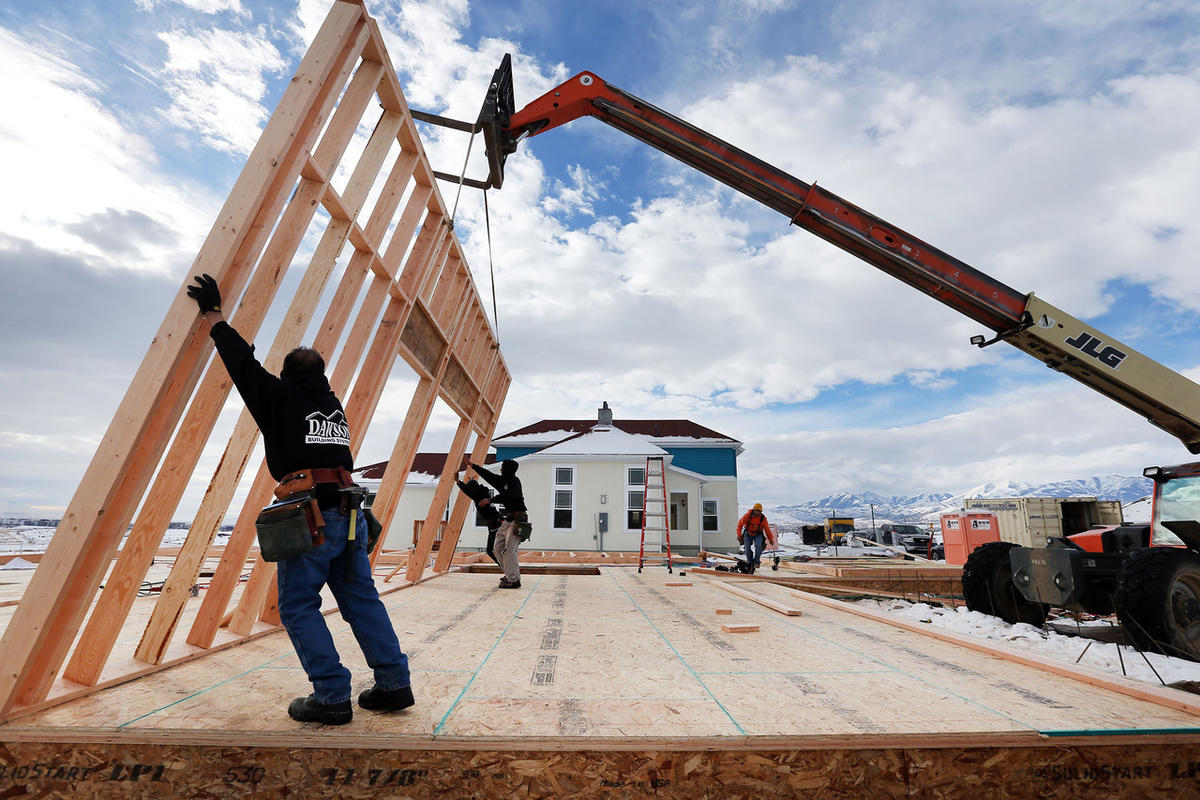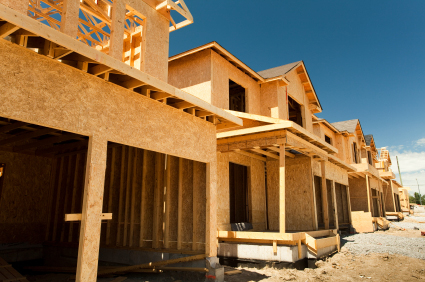With a good supply of land and a growing demand for new housing, these five up-and-coming cities will be some of the most lucrative areas for home builders in the next few years.
Builders have long awaited a year that holds as much promise as 2015. After nearly a decade spent climbing out of the trenches of a recession and a slow sales pace last year, the spring selling season could not have kicked into gear soon enough.
Now that we’ve almost made it through winter, the question is: What does the near future look like for U.S. housing markets? Which U.S. cities are attracting new blood? Which ones have strong economies and high-paying jobs that are capable of turning renters into new-home buyers? Which markets can hold on to move-up and active adult buyers? Which ones have enough affordable land and access to experienced labor? BUILDER has narrowed down the best candidates.
Our research to uncover the five housing markets to watch in the next few years was rooted in three key areas: population, employment, and land. All five locations on our list are not only growing in population, but they also have job markets that are attractive to recent college graduates as well as mid-career executives. Each selected market also shows promise with a low cost of living rate, industry growth, and strong household incomes.
We looked for high-demand locales where there is enough land to expand without the market becoming dominated by move-up and luxury buyer prices. These cities, with an increase in lot deliveries and strong numbers of starts paired with constrained months supply of new homes, show promise of a growing market without imminent, dramatic price hikes.
After analyzing the country’s top 100 metro areas, Austin, Texas; Denver; Des Moines, Iowa; Raleigh, N.C.; and Salt Lake City stood out as the top markets to watch, exhibiting resilient new-home markets with an assurance of growth for years to come. What sets these five metros apart from other booming tech centers and world-class cities is a capacity to maintain affordability.
Other markets came close. While cities like New York and San Francisco are still performing strongly, they don’t have the supply to support affordable development for an influx in entry-level buyers. Meanwhile, Dallas is struggling to maintain affordability with its median new-home price jumping 7.22% to $273,400 from 2013 to 2014, and Seattle experienced a median new-home price of $413,200 last year.
The same demand factor that gives builders in these markets an edge also will be their biggest challenge. A and B lot locations will shrink in supply across the board. Builders also will have to keep up inventory pace as demand increases amid labor shortages. Capitalizing on new entry-level demand and creatively expanding walkable, urban communities into cheaper land areas will help drive continued sales over the next few years. The bottom line? Builders in these five cities will need to find a way to tap into the young buyers who are flooding each of these up-and-coming markets. — Katie Gloede and Charlotte O’Malley





